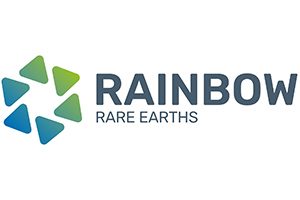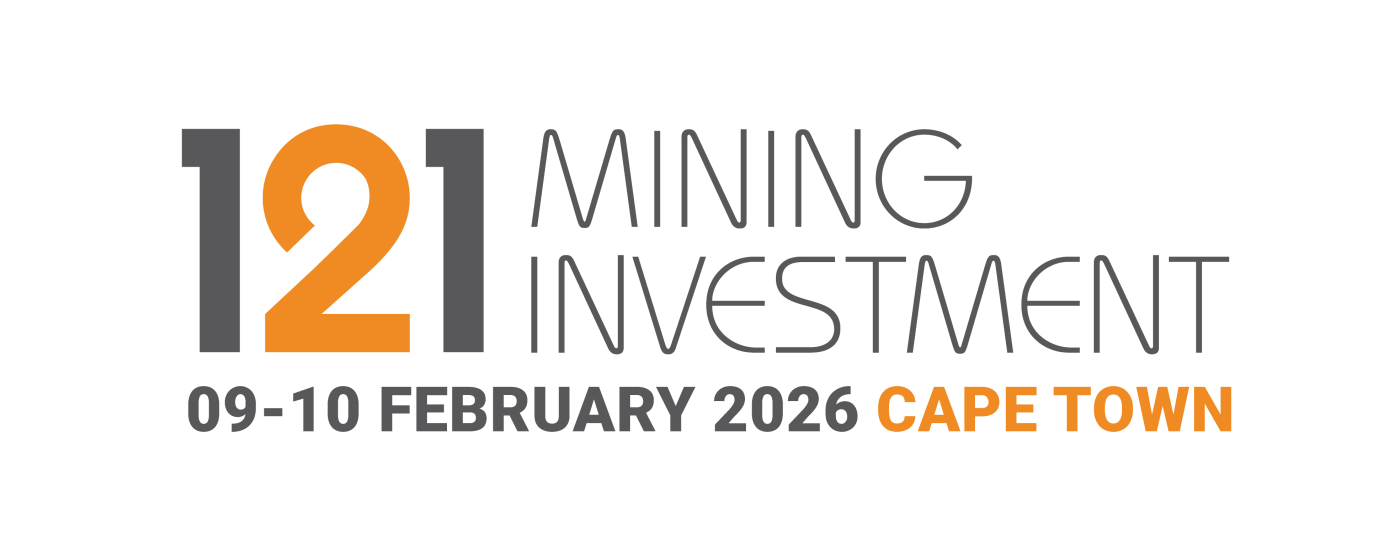
Rainbow Rare Earths

Primary ticker: LSE:RBW
Stage of development: Development
Primary minerals: Rare Earths
Project to promote: Phalaborwa and Uberaba
Project location: South Africa & Brazil
Website: www.rainbowrareearths.com
Rainbow Rare Earths aims to be a forerunner in the establishment of an independent and ethical supply chain of the rare earth elements that are driving the green energy transition. It is doing this successfully via the identification and development of secondary rare earth deposits that can be brought into production quicker and at a lower cost than traditional hard rock mining projects, with a focus on the permanent magnet rare earth elements neodymium and praseodymium, dysprosium and terbium.
The Company is focused on the development of the Phalaborwa Rare Earths Project in South Africa and the earlier stage Uberaba Project in Brazil. Both projects entail the recovery of rare earths from phosphogypsum stacks that occur as the by-product of phosphoric acid production, with the original source rock for both deposits being a hardrock carbonatite. Rainbow intends to use a proprietary separation technique utilising continuous ion exchange and continuous ion chromatography, which simplifies the process of producing separated rare earth oxides (versus traditional solvent extraction), leading to cost and environmental benefits.
The Phalaborwa Preliminary Economic Assessment has confirmed strong base line economics for the project, which has a base case NPV10 of US$627 million, an average EBITDA operating margin of 75% and a payback period of < two years. Pilot plant operations commenced in 2023, with the project expected to reach commercial production in 2027.
Cash: GBP 10.1M
Debt: GBP 0.2M
Major shareholders:
A. Pouroulis – 13.9%
TechMet – 11.7%
G. Bennett – 6.3%
Caden Holdings – 5.7%
Management ownership – 23%
Financials
Management Profile
GEORGE BENNETT – CEO
• 25 years in finance and management, including as a partner in number of leading stockbroking/advisory firms in SA • Former CEO of Shanta Gold Ltd, successfully listed on LSE in 2005 and OreCorp Ltd, which he helped seed, raised initial capital as an NED and listed on the ASX
• CEO and Founder of MDM Engineering, listed on LSE in 2008; responsible for building 22 process plants and completing over 60 feasibility studies. In 2014, George was instrumental in selling the business to Foster Wheeler Limited.
PETER GARDNER CHIEF FINANCIAL OFFICER
• Qualified Chartered Accountant • Breadth of experience in mining industry leading finance teams across Africa and developing nations
• Former CFO of Amara Mining plc (up to acquisition by Perseus Mining Ltd), Chaarat Gold, Piran Resources and Alexander Mining.
What is your rationale for taking part in 121 Mining Investment?
Investor relations to further increase, broaden and diversify our investor base.
What recent news would you like to highlight to investors attending?
U.S. DFC to invest US$50m in Phalaborwa via TechMet – 5 December 2023
Positive initial leaching and mineralogy results at Uberaba in Brazil – 16 April 2024
Updated Phalaborwa Mineral Resource Estimate confirms a 15% increase in size of the Resource and adds 2 years to project life – 11 September 2024
Piloting campaign paves way for first commercial rare earth recovery from phosphogypsum – 18 September 2024
Royalty Agreement with Ecora raises US$10m – 1 July 2024
What are your key goals for the next 3, 6 and 12 months?
3 Months:
Ongoing laboratory test work to define commercial flow sheet for separation of individual rare earth oxides from current Phalaborwa mixed rare earth product utilising ion exchange technology
6 Months:
Subject to finalisation of separation flow sheet, undertake pilot scale test work to finalise all operating parameters for Phalaborwa project; continue to evaluate and develop long term global pipeline of projects suitable for extraction of rare earths from phosphogypsum
12 Months:
Completion of Phalaborwa DFS; applications submitted for Phalaborwa permitting process; commencement of financing process for Phalaborwa development
What do you see as the key risks and challenges facing your company at the moment and how are you overcoming these?
Key risks listed in our 2024 Annual Report are:
– Project Definition
– Permitting
– Financing
– Rare earth prices
– Site access
– Environmental
– Co-development
– Political risk in Burundi (related to Gakara, non-core asset)
Key mitigation strategies relate to the strength of our team, which has designed and commissioned numerous commercial plants in Africa, including completion of feasibility studies for rare earth projects.
The results of the test work programmes to date have confirmed that the rare earth elements are capable of being extracted from the phosphogypsum and upgraded to produce a saleable mixed rare earth carbonate. Separation test-work has shown that this can be used to produce a 96% purity Nd/Pr oxide via continuous ion chromatography. Work is ongoing to optimise this to +99%.
The strong economic returns set out in the PEA for Phalaborwa are expected to ensure funding is available to deliver the definitive feasibility study and, ultimately, the development of the project. The Phalaborwa PEA confirmed a low-cost operation due to the nature of the rare earth mineral resource contained in a chemical form in two gypsum stacks, which will not require many of the processes associated with a primary mineral ore body for the extraction of rare earths. The resulting operating margin will allow Phalaborwa to be resilient against rare earth pricing volatility as the project is expected to generate strong returns even in a lower rare earth price environment.
The full risk disclosure can be found on pages 44 to 47 of our 2024 Annual Report here: www.rainbowrareearths.com/wp-content/uploads/2024/10/RRE-2024-Annual-Report_Final-1.pdf
What do you think makes your company such a compelling investment?
Rare earth elements (“REE”) lie at the intersection of two global megatrends: decarbonisation and geopolitics. In the former: REE are crucial materials in the most powerful and efficient permanent magnets in use today, which are vital components of electric vehicles, wind turbines and many of the electronic devices so integral to our lives today. In the latter, because the supply chain of REE is almost entirely dominated by one country, China, leading to supply chain risks and vulnerabilities. REE also have many highly strategic uses in advanced technologies, including defence applications from jet fighters to submarines, as well as exciting new markets such as robotics and advanced air mobility, adding to their criticality worldwide.
Rainbow’s Phalaborwa project will play a role in furthering global goals to reach net zero emissions via the production of REE essential to decarbonisation. Due to the unique characteristics of the project, which will see REE recovered from phosphogypsum stacks that are sitting at surface in a chemically “cracked” form on an industrial site in South Africa, Phalaborwa is expected to be the highest margin REE project in development today.
In addition, the project offers unique ESG opportunities by extracting value from a “waste” product (phosphogypsum), cleaning up legacy environmental issues and allowing for full-circle site rehabilitation.
Furthermore, Rainbow’s proprietary separation technology is expected to be able to deliver separated rare earth oxides (“REO”) from a single hydrometallurgical plant, making South Africa one of the only countries to produce separated REO outside of Asia.
The project’s unique economic and ESG credentials, as well as it’s ability to brought into production much quicker than a traditional mining project, has attracted strategic partners, including the U.S. DFC, which has committed project funding of US$50 million via TechMet, and Ecora, which recently completed a royalty agreement for Phalaborwa.
What are the top 3 key investor takeaways?
• There is mounting pressure from Governments and industry to diversify the supply chain for critical minerals, with rare earths considered to be the commodities most at risk of supply chain disruption
• Rainbow expected to become one of the only producers of all four separated magnet rare earth oxides outside of Asia, with Nd, Pr, Dy and Tb crucial to the green revolution and exciting new technologies such as robotics and advanced air mobility
• Phalaborwa is expected to be one of the lowest cost producers of rare earths globally and the project is expected to be highly cash generative across the rare earth pricing cycle.

